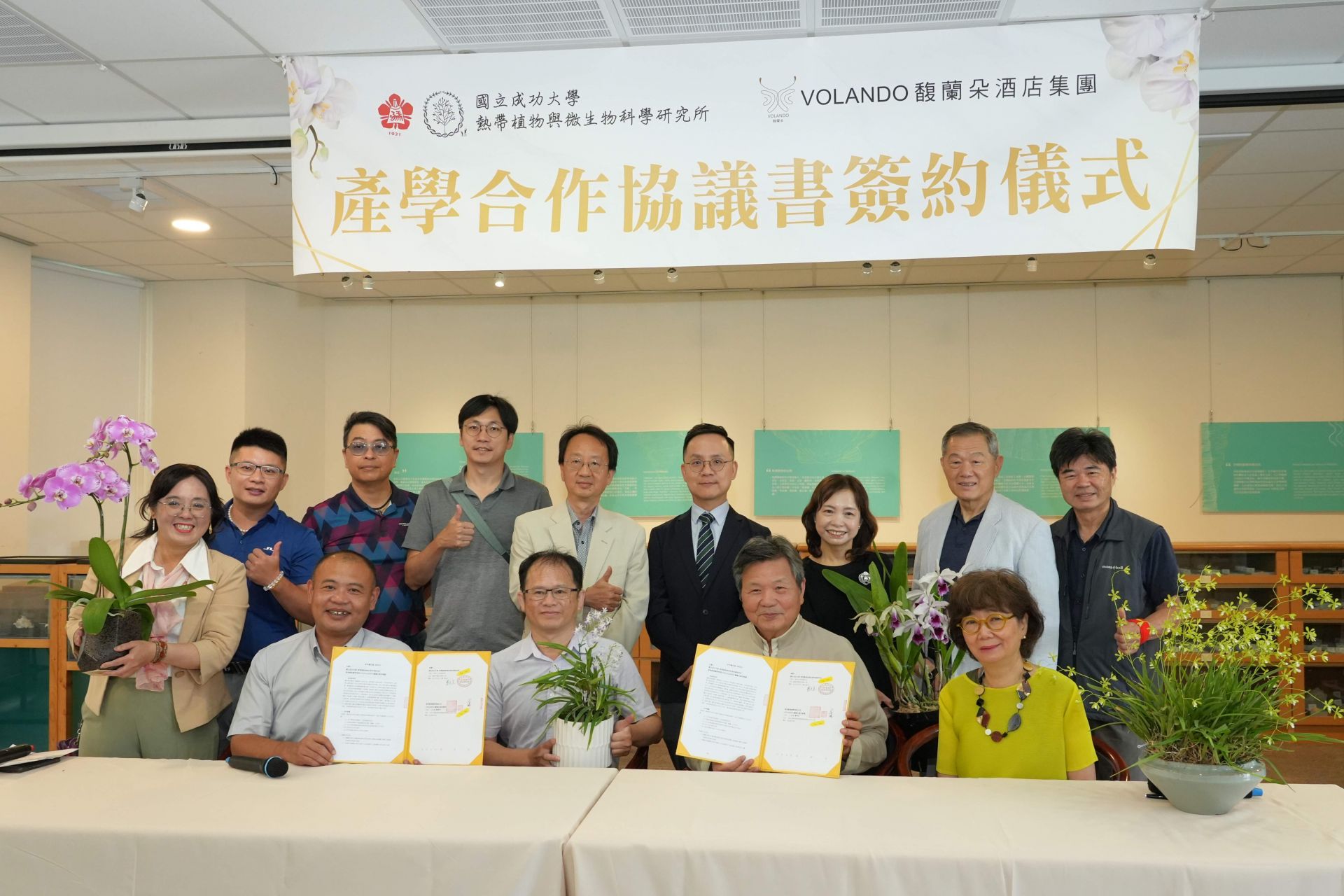Floods and droughts are the major natural disasters in Taiwan. Under the influence of Climate Change, rainfall patterns are becoming more unpredictable, and the impact of floods and droughts is getting worse. In order to solve the water shortage and flooding problems, the Water Resources Agency has proposed three major policy objectives of mitigating impacts, improving adaptation and "zero-sacrifice evacuation to respond to Climate Change. The NCKU Disaster Prevention Research Center assisted the Water Resources Agency in reorganizing the Disaster Prevention/Relief System. This collaboration updated implementation results, and proposed flood and drought adaptation technologies as national development strategies. The four major development axes are; observation and forecasting systems, disaster risk analysis and value-added applications, information transfer and exchange systems, and disaster response capabilities. The development strategies include; expansion of information sources on flood disasters, improvement of hydrological observation and forecasting techniques, integration of disaster prevention resources, and improvement of contingency plans, strengthening of pipelines for flood disaster information transmission, coordination of specific agencies for floods and droughts prevention and rescues, and participation of the public for flood rescues.
The NCKU Disaster Prevention Research Center actively participates in major planning for various axes, develops flood warning systems and integrated disaster prevention information systems at county and city levels, monitors hydrological and territorial environmental changes, analyzes disaster hotspots for risk stratification, provides immediate warning information and decisions for reference during crises, handles education and training to improve the disaster prevention response of relevant business personnel, and strengthen the resilience of the local communities.
The NCKU Disaster Prevention Research Center actively participates in major planning for various axes, develops flood warning systems and integrated disaster prevention information systems at county and city levels, monitors hydrological and territorial environmental changes, analyzes disaster hotspots for risk stratification, provides immediate warning information and decisions for reference during crises, handles education and training to improve the disaster prevention response of relevant business personnel, and strengthen the resilience of the local communities.























